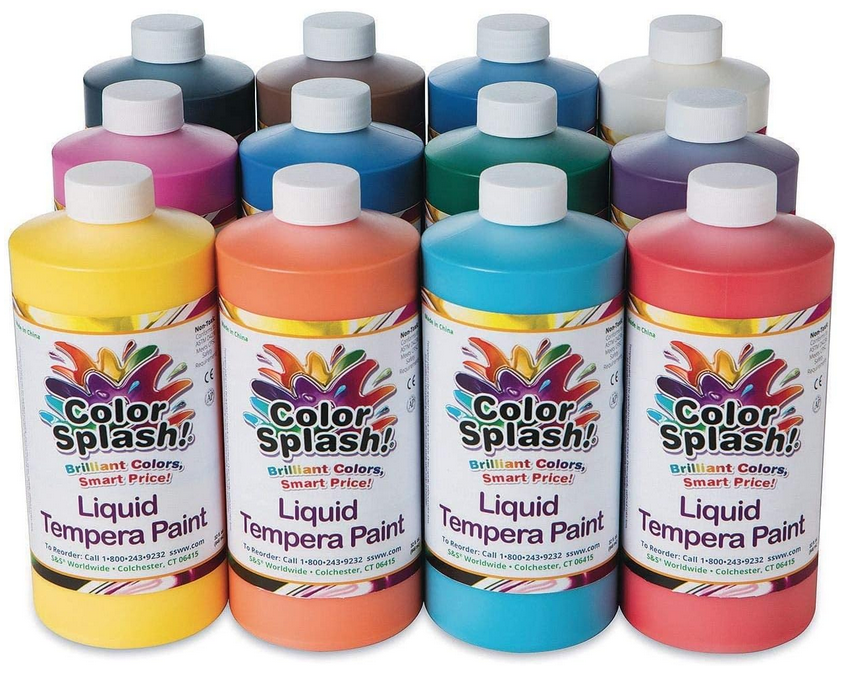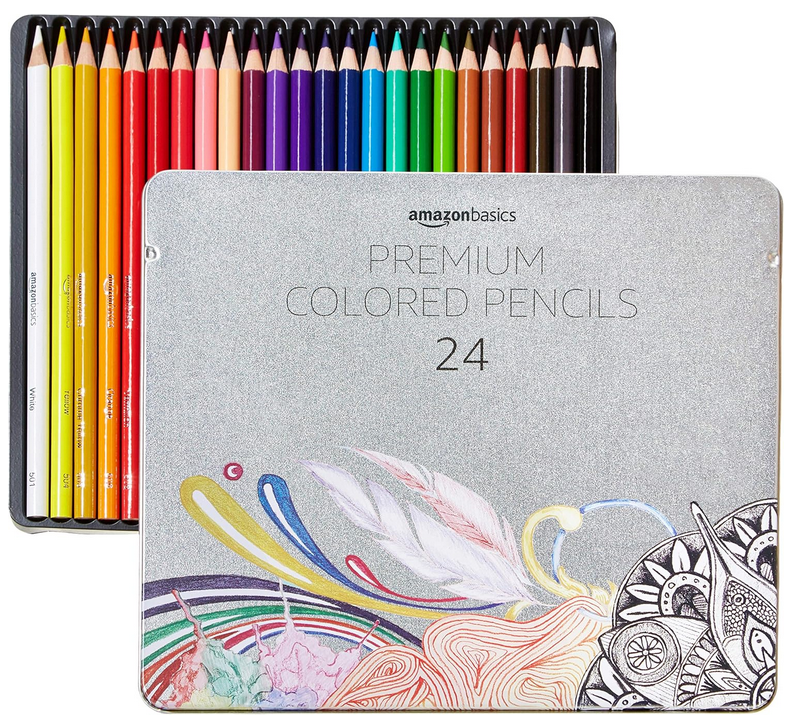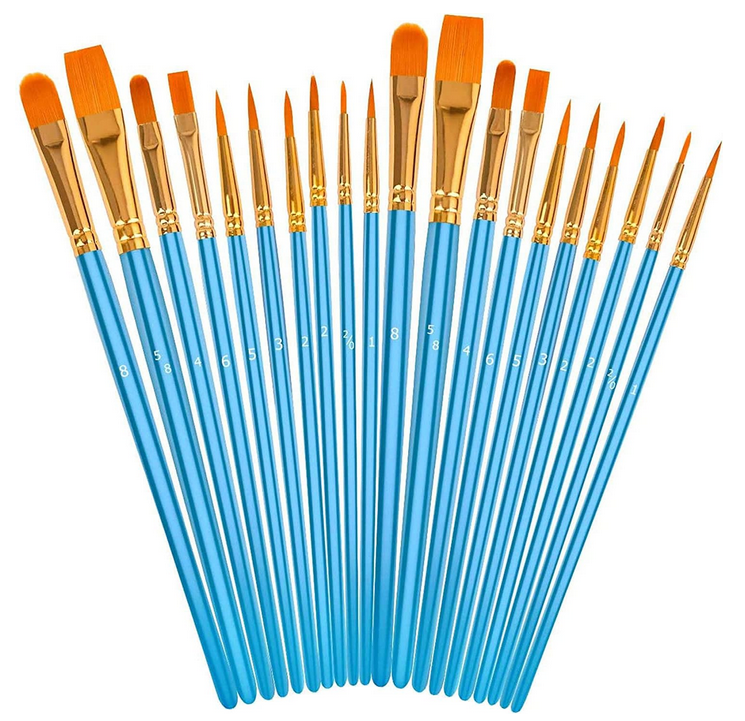- Home
- Art History
- Polynesia
Polynesian Art
Polynesian art history represents one of the most diverse and rich artistic traditions in the world, spanning across the vast Pacific Ocean and encompassing numerous island cultures. The artistic heritage of Polynesia, which developed over thousands of years, reflects the deep spiritual beliefs, social structures, and cultural practices of its peoples.
The origins of Polynesian art can be traced back to the Lapita culture, which flourished between 1600 BCE and 500 BCE. These early settlers brought with them distinctive pottery styles characterized by intricate geometric patterns and designs that would later influence various forms of Polynesian artistic expression.
In delivering this art history lesson, it's crucial to understand that Polynesian art was primarily functional, with every piece serving both practical and spiritual purposes. From elaborately carved war clubs to intricately decorated tapa cloth, these objects were integral to daily life while simultaneously embodying deep cultural meanings.
The development of Polynesian art can be divided into several distinct regional styles, including Hawaiian, Maori, Samoan, and Tahitian. Each culture developed its own unique artistic traditions while maintaining certain common elements that unified them within the broader Polynesian artistic tradition.
One of the most significant aspects of Polynesian art history is the role of tattooing, or tatau. This art form served as a visual language, marking social status, genealogy, and personal achievements. The complexity and significance of Polynesian tattoo designs make them an essential topic for any art history fill-in worksheet focused on Pacific art.
Wood carving represents another fundamental aspect of Polynesian artistic expression. Master carvers created everything from massive war canoes to intricate ceremonial objects, employing sophisticated techniques passed down through generations. These formal artistic traditions were carefully preserved through strict apprenticeship systems.
The influence of Polynesian art continues to resonate in contemporary art practices, with many modern artists drawing inspiration from traditional forms and motifs. This ongoing legacy demonstrates the enduring power and relevance of Polynesian artistic traditions in today's global art landscape.
Understanding Polynesian art history requires recognition of its deep connection to the natural environment. Artists utilized materials such as wood, fiber, feathers, and stone, developing sophisticated techniques to transform these raw materials into objects of both practical utility and profound beauty.
Okay, so now I've put on some ads from Amazon - from which I may earn a few cents. (2025)



